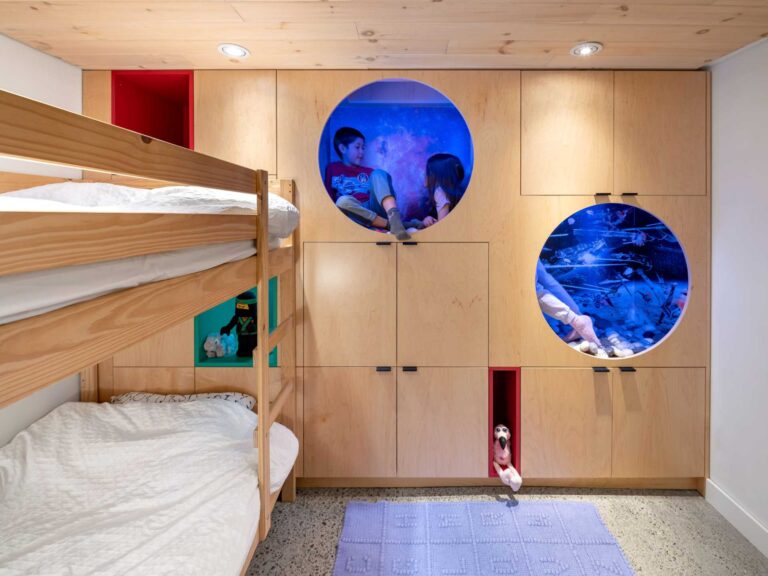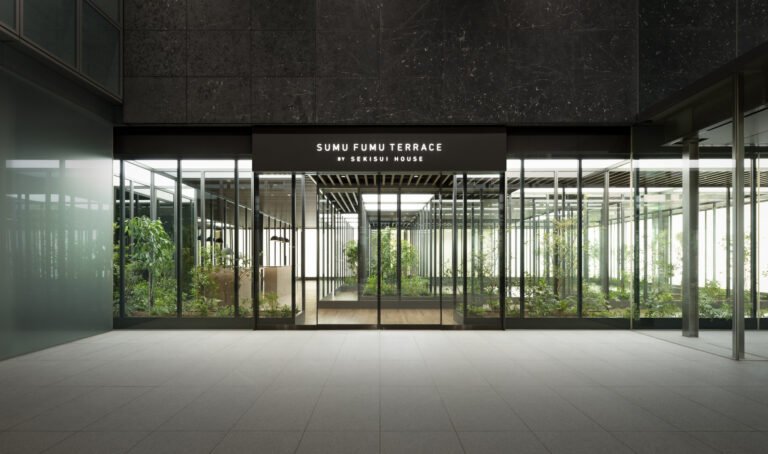Aga Khan Award for Architecture Announces Winners of the 2020-2022 Cycle
Aga Khan Award for Architecture Announces Winners of the 2020-2022 Cycle

Aga Khan Award for Architecture (AKAA) announced the winners of the 2022 edition. From a pool of 463 projects nominated for the 15th Award Cycle (2020-2022), the six winners show examples of architectural excellence in the fields of contemporary design, social housing, community improvement and development, historic preservation, reuse and area conservation, as well as landscape design and improvement of the environment. Two projects from Bangladesh, one from Indonesia, Iran, Lebanon, and Senegal, will share the UDS 1 million award, one of the largest in architecture.
For the 15th Award Cycle, AKAA counted on nine independent Master Jury, including Nada Al Hassan, Francis Kéré, 2022 Pritzker Laureate, and an AKAA laureate and internationally renowned Burkinabè architect who received the Award in 2004 for his first project, an elementary school in Gando, Burkina Faso; and Anne Lacaton, Pritzker Laureate. The Jury selected 20 Shortlisted Projects from 16 countries during the first phase and recognized municipalities, builders, clients, master artisans, and engineers who have played essential roles in the winning projects.
The Aga Khan Award for Architecture (AKAA) 2022 winning projects are:
Related Article
Aga Khan Award for Architecture 2022 Selects 20 Shortlisted Projects from 16 Countries
Urban River Spaces. Bangladesh | Co.Creation Architects

The project managed to reverse the ecological degradation and health hazards of the river and its banks and induce effective environmental improvement of the river. Through consistent community participation and appropriation, extensive involvement of women and marginalized groups, and a local workforce, the seemingly simple undertaking of cleaning up the access to the Nabaganga river in Jhenaidah led to a thoughtful and minimal landscaping project with local materials and construction techniques, thus transforming a derelict informal dump site into an attractive and accessible multifunctional space that is valued by Jhenaidah’s diverse communities.
Community Spaces in Rohingya Refugee Response. Bangladesh | Architects Rizvi Hassan, Khwaja Fatmi, Saad Ben Mostafa

Arising from a sea of paddy fields, the building extends the landscape language into a concentrated event that coalesces architecture. Modern and efficient in all aspects, but at home in its place, Banyuwangi International Airport may be a game-changer in airport architecture, especially considering that the Indonesian government is set to build some 300 airports shortly.
Banyuwangi International airport. East Java, Indonesia | Andramatin

Arising from a sea of paddy fields, the building extends the landscape language into a concentrated event that coalesces architecture. Modern and efficient in all aspects, but at home in its place, Banyuwangi International Airport may be a game-changer in airport architecture, especially considering that the Indonesian government is set to build some 300 airports shortly.
Argo Contemporary Art Museum and Cultural Centre. Tehran, Iran | Ahmadreza Schricker Architecture North – ASA North

In the dense urban neighborhood of Tehran, this untypical reuse and conservation project has transformed the Argo Factory into a private museum for contemporary art. From the ruins of the original building, the existing brewery was renovated, and new surfaces were built with a subtle approach and design. Various spaces for exhibitions, talks, and films were developed over four levels, and a new artist residence was built adjacent to the museum.
Renovation of Niemeyer Guest House. Tripoli, Lebanon | East Architecture Studio

Located on Tripoli’s outskirts, the Guest House rehabilitation is part of the Rachid Karami International Fair (RKIF), the unfinished masterpiece of the architect. The renovation of the Niemeyer Guest House is an inspiring tale of architecture’s capacity for repair during a dizzying, entangled crisis worldwide, and in Lebanon in particular, as the country faces unprecedented political, socio-economic and environmental collapse.
CEM Kamanar Secondary School. Thionck Essyl, Senegal | Dawoffice

A campus replete with infrastructure, buildings, landscapes, and furnishings, the Kamanar Secondary School addresses the multiple scales of urbanism, landscape, architecture, and building technologies with equal commitment and virtuosity. The site’s topography and flora are the key founding conditions of this project, prompting the introduction of a grid of classroom pods organized around pre-existing tree canopies, adopting their shade as social spaces that serve the students and teachers alike.
The Aga Khan Award for Architecture was established in 1977 to identify and encourage building concepts that successfully address the needs and aspirations of communities where Muslims have a significant presence. The Award has recognized 121 projects, while nearly 10,000 building projects have been documented. Explore the 20 shortlisted projects selected by the Jury for the 15th Award Cycle (2020-2022) and the ArchDaily’s 2019 Aga Khan Award Laureates survey.







